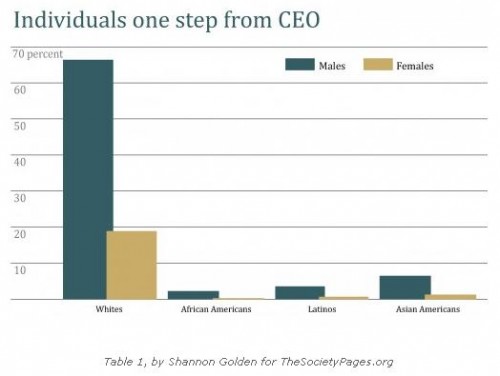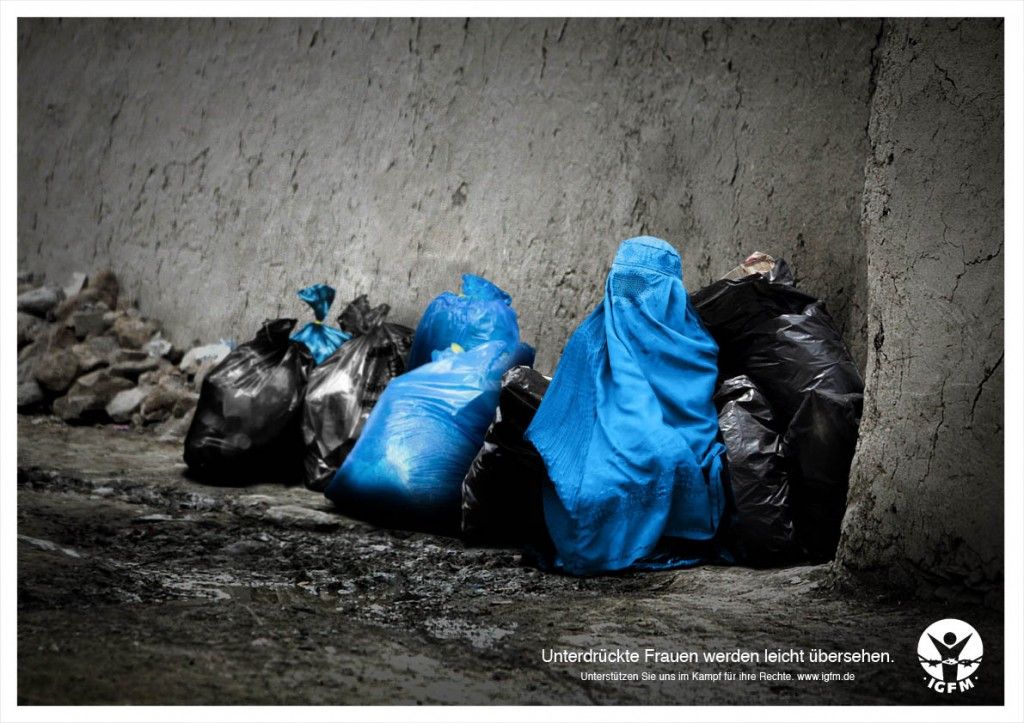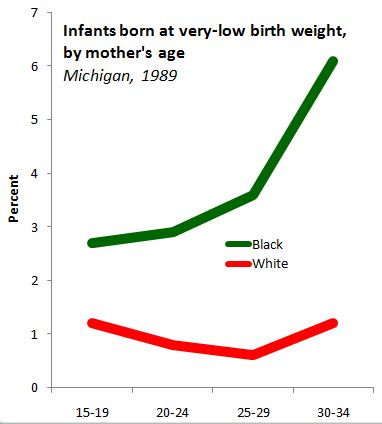 Racialicious posted a link to what looks like a fantastic project. Titled Question Bridge, it focuses our attention on what they call “arguably the most opaque and feared demographic in America”: Black men. In the film, participants look directly at the camera, creating a feeling of intimacy, and ask and answer tough questions.
Racialicious posted a link to what looks like a fantastic project. Titled Question Bridge, it focuses our attention on what they call “arguably the most opaque and feared demographic in America”: Black men. In the film, participants look directly at the camera, creating a feeling of intimacy, and ask and answer tough questions.
The trailer gives you a taste:
A primary lesson the producers aim to impart is the diversity within the category in order to challenge stereotypes. They write:
By creating an identity container (e.g. “Black” and “Male”), then creating a way of releasing the diversity of identities and thought within that container, we can break the container.
The project is already getting recognition from film festivals. Also, there’s a donate button.
Lisa Wade, PhD is an Associate Professor at Tulane University. She is the author of American Hookup, a book about college sexual culture; a textbook about gender; and a forthcoming introductory text: Terrible Magnificent Sociology. You can follow her on Twitter and Instagram.

















